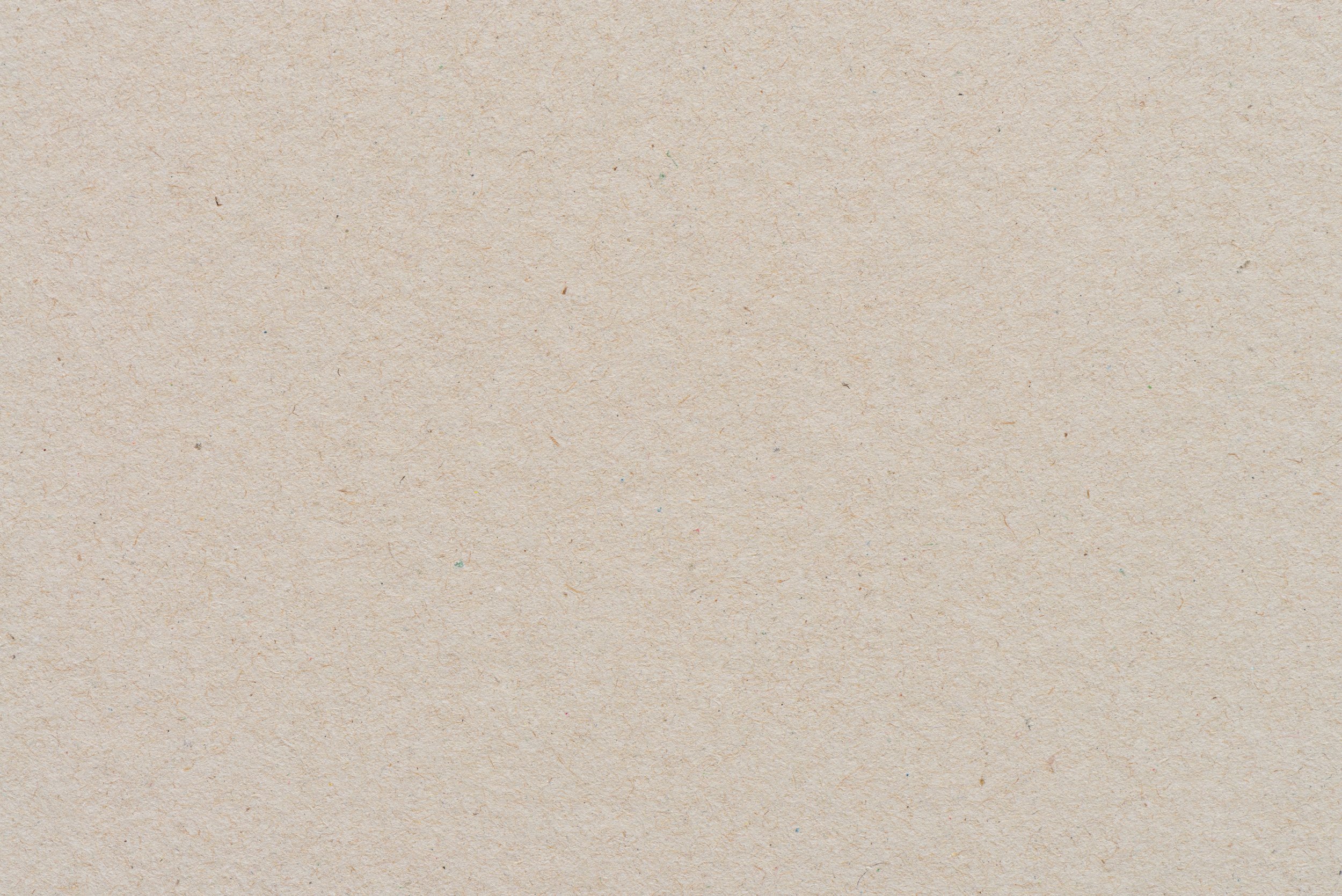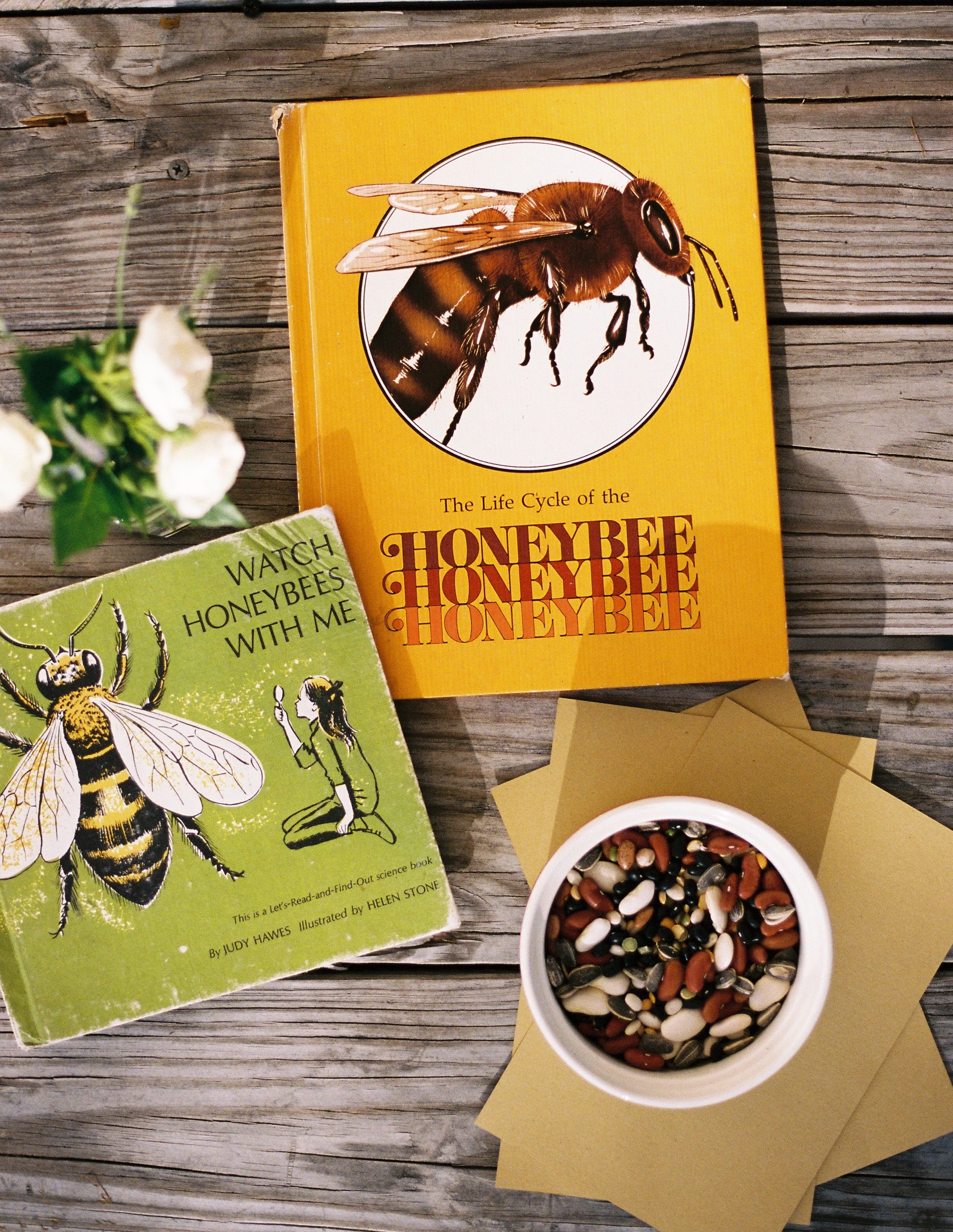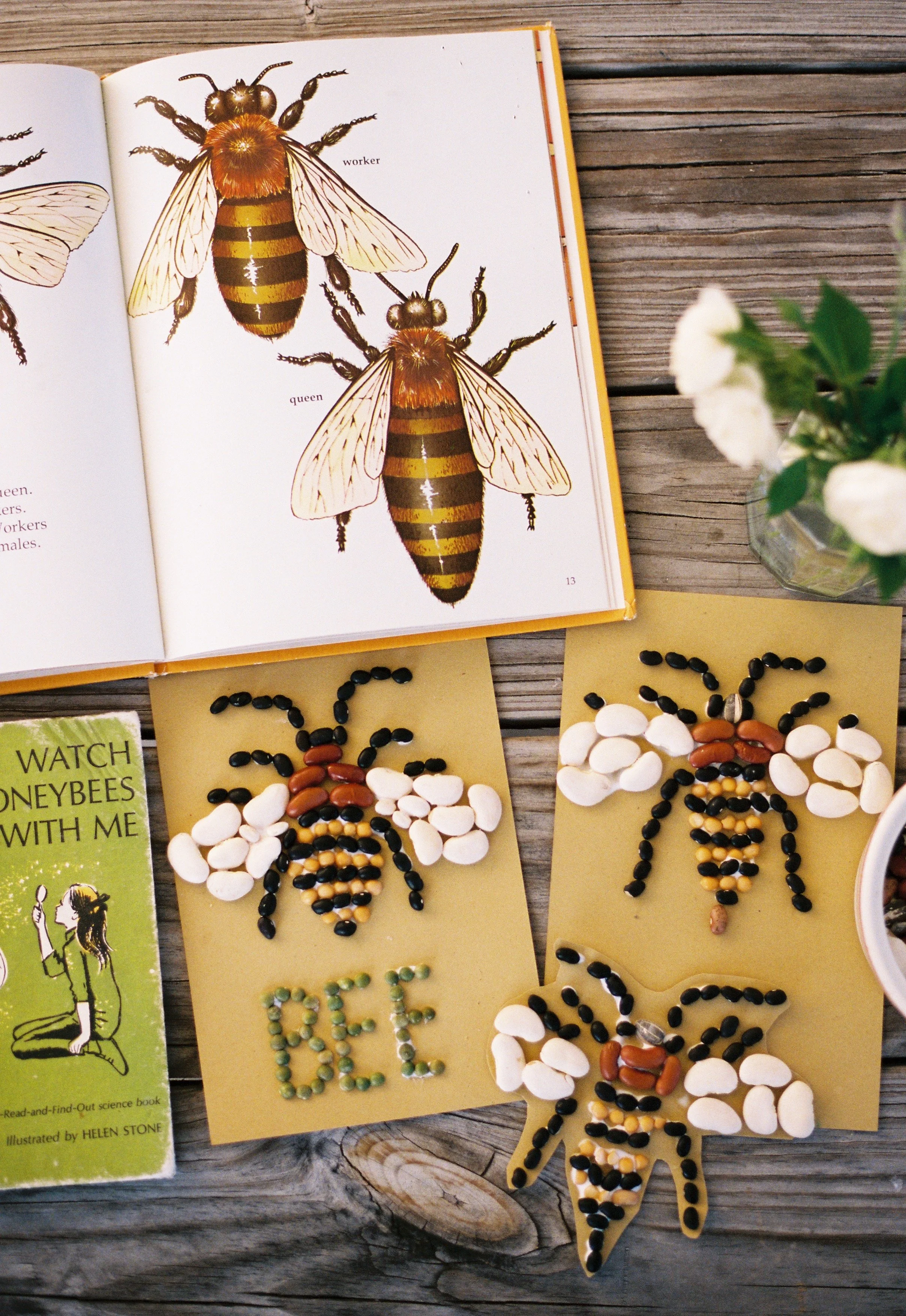
Let’s go on a bee hunt!
LESSON 2
Children explore the world of bees by observing them in their natural environment and discovering their characteristics.
Materials
Gather materials
Read through the book “Bee,”by Britta Teckentrup beforehand.
Preparations
Foster a love of nature and curiosity about the world of bees.
Provide a safe and structured environment for children to explore and learn about bees.
Encourage children to ask questions and make observations about bees.
Teach children about safety when observing bees, and how to approach them without disturbing them.
Encourage children to document their observations.
Model art activity for the child.
Objectives for Teachers
Children observe and learn about the characteristics of bees.
Children observe bees in their natural environment.
Children practice the importance of safety when learning about honeybees and learn how to approach bees without disturbing them.
Children practice the scientific method by making observations, asking questions, and recording data.
Children practice fine motor skills gluing and placing beans for art activity.
Children practice sorting skills by selecting and sorting different colored beans.
Objectives for Children

Collect and Connect
Use this guide called the ABC’s of yoga, and do the yoga actions for the letters in your child's name. For example, my name is Kira, so I would do the actions for K, I, R, and A.
Practice “Here is the beehive,” song for the fingerplay this week with the actions you came up with together.
Here is the beehive
Here is the beehive.
But where are all the bees?
Hiding away where nobody sees.
Here they come flying out of their hive.
One, two, three, four, five!
Here is the beehive.
But where are all the bees?
Hiding away where nobody sees.
Here they come flying out of their hive.
One, two, three, four, five!
Buzz up high. Buzz down low.
Buzzing fast. Buzzing slow.
Buzz to the left. Buzz to the right.
Buzz all day but sleep at night.
Here is the beehive.
But where are all the bees?
Hiding away where nobody sees.
Here they come flying out of their hive.
One, two, three, four, five!

Activity Flow
Begin by reflecting on your kitchen activity, and ask your child if they remember where honey comes from. Tell them that you thought it would be fun to go on a bee hunt to look for bees. Ask them if they know where to look for bees? Allow them to answer with their ideas, then tell them that you have a book called "Bee" that will give us some ideas as well on where to find bees.
Read the book "Bee" with your child, pausing occasionally to ask questions or make connections to their own experiences or their answers regarding your question about where to find bees. Encourage your child to notice details in the illustrations and to use their senses to imagine what it might be like to be a bee.
Take your child on a bee hunt in a nearby natural area, such as a garden, park, or meadow. Remind them to be gentle and respectful of the bees and their habitats. Encourage them to observe the bees and count how many they see. If they are old enough, encourage them to document their observations or tally the number of bees they see. If they are younger, then you can do this part and allow the child to watch you tally and draw the bees on your notepad. Ask them to share their observations and counting with you.
Return home and introduce the art activity to your child. Provide your child with a piece of cardstock paper and a selection of black, yellow, and white beans. It might also be helpful to find a picture of a bee in a book, or on your phone to look at as you create a bee with your child. Use the beans to create a bee by gluing them onto the paper. As you create together, reflect on your observations about bees while out on your bee hunt.


